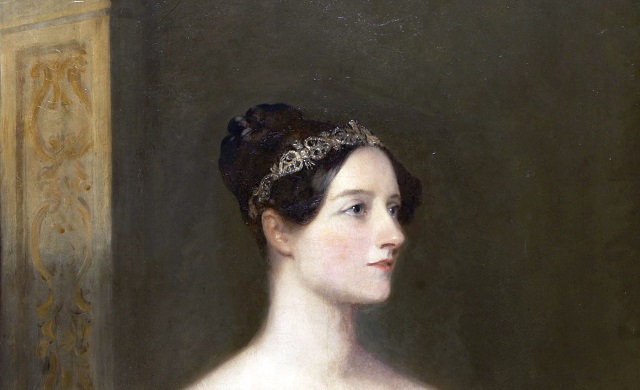Ada Lovelace wrote the worlds first complex computer program. She was the first to see the potential of Charles Babbage’s Analytical Engine – known to us as the first computer.
Lovelace Saw the Possibility
One of the most remarkable things about Ada Lovelace’s program was its foresight. She understood that the operations performed by Babbage’s mechanical computer would need to be organised strategically and efficiently.
Both Charles Babbage and the mathematician and engineer Luigi Menabrea failed to see the possibility of the Analytical Engine. Menabrea wrote:
‘When once the engine shall have been constructed, the difficulty will be reduced to the making of the cards; but as these are merely the translation of algebraic formulae, it will, by means of some simple notation, be easy to consign the execution of them to a workman.’
In other words, Menabrea thought that writing the computer programs for the machine would be a simple task that could be performed by anyone. Neither Menabrea nor Babbage could see beyond the machines basic function.
Lovelace, on the other hand, realised that the machine could do a lot more and that complex computer programming would be required to achieve this. In her publication, she noted that the machine might one day compose music.
Lovelace Invented the Loop
As an example of a more complex task that the machine could perform, Lovelace wrote a program for calculating the Bernoulli numbers. This was the first publication of a computer program as we would think of it today. In her program, she created a set of operations that should be performed together and repeated – known now as a loop in computer programming.
It was the combination of foresight and strategy that really made Ada Lovelace the impressive and pioneering computer programmer that we know her as today.


